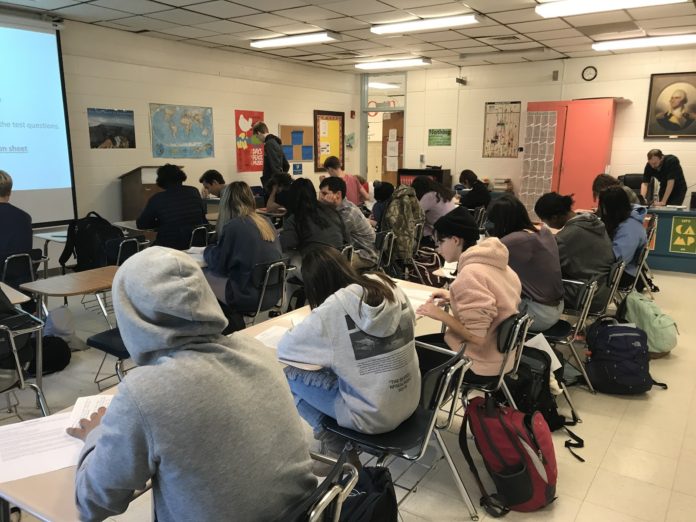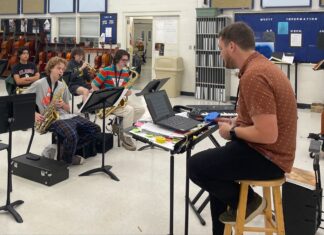
The North Carolina State Board of Education is now requiring high school students to complete a personal financial literacy class before graduating.
The bill passed in early January and will go into effect next school year, making U.S. history a year-long course.
North Carolina is following a recent push by states to include personal finance in curricula. Currently, 19 states require high school students to take the class, up from 13 in 2011.
The bill stipulates that the class will cover economic principles, the true cost of credit, choosing and managing a credit card, automobile financing, home mortgages, credit scoring or credit reports, the costs of post-secondary education and other relevant financial literacy topics.
Many Chapel Hill High School teachers say students need the class in order to prepare them for life after graduation.
“I wholeheartedly believe that the new Economics & Personal Finance class has the potential to be extremely beneficial to all students,” social studies teacher Kathryn Murchison said. “It will be a course that offers a lot of important and relevant information, especially for seniors as they transition to becoming more economically independent.”
“It’s literally the thing that every student asks for,” Veena Rajan, a social studies teacher at Chapel Hill, added. “It’s going to be awesome.”
Students also seem to be excited for the change.
“I feel like it is definitely going to be beneficial for students because high school doesn’t really teach you about life after school,” junior William Zhu said. “This class will do that.”
Junior Emily Hickerson concurred: “I think personal finance is an important class for kids to take.”
Current North Carolina high school students will not be affected by the new requirement, as it will go into effect for freshmen next year.
In order to accommodate the personal finance class, standard and honors U.S. history will be condensed into a year-long class, but teachers in the social studies department say the change is for the better.
“I think the benefits of adding the required economics course outweigh the losses of going back to one U.S. history course,” Murchison said.
Rajan pointed out that U.S. history in the past was taught as a year-long course.
“We’ve taught U.S. history as a single year course for years,” she said. “You still get U.S. history.”
Murchison did speculate that the changes to the social studies curriculum may affect the number of students enrolled in AP U.S. history.
Murchison said that when U.S. history was a single class in the past, Chapel Hill High School usually had four to five sections of AP history. After U.S. history was split into two classes, the school averaged five to six sections.
“It will probably reduce the number of students taking AP slightly, but honestly I don’t anticipate a huge change,” she said.











